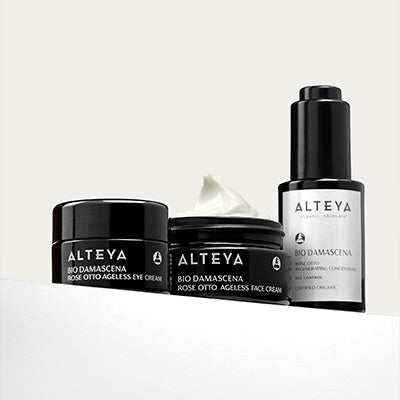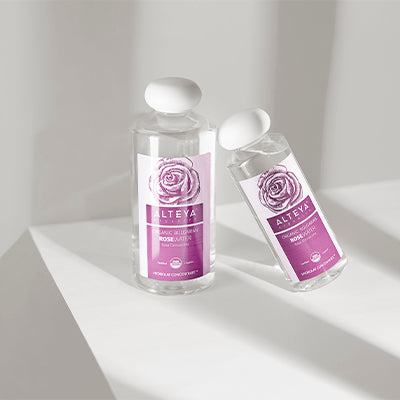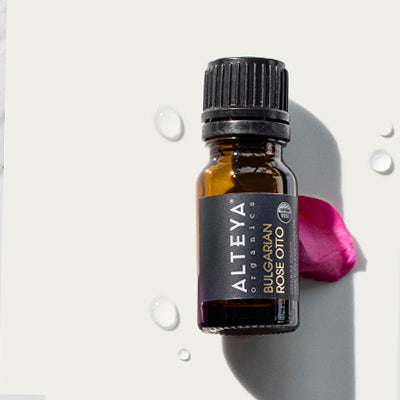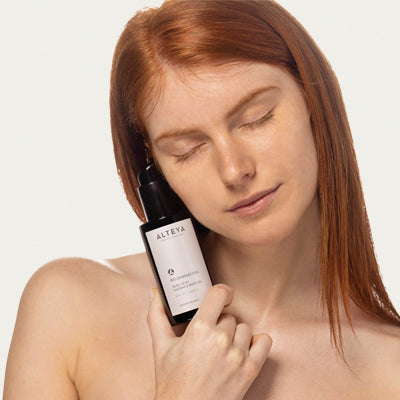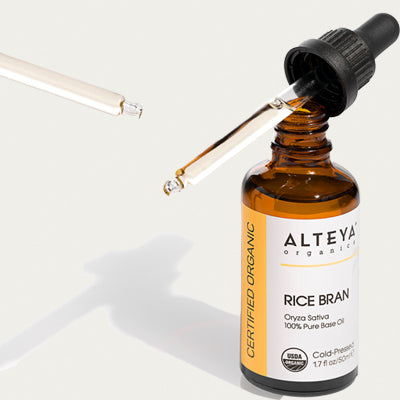Article: The Anatomy of a Sunscreen
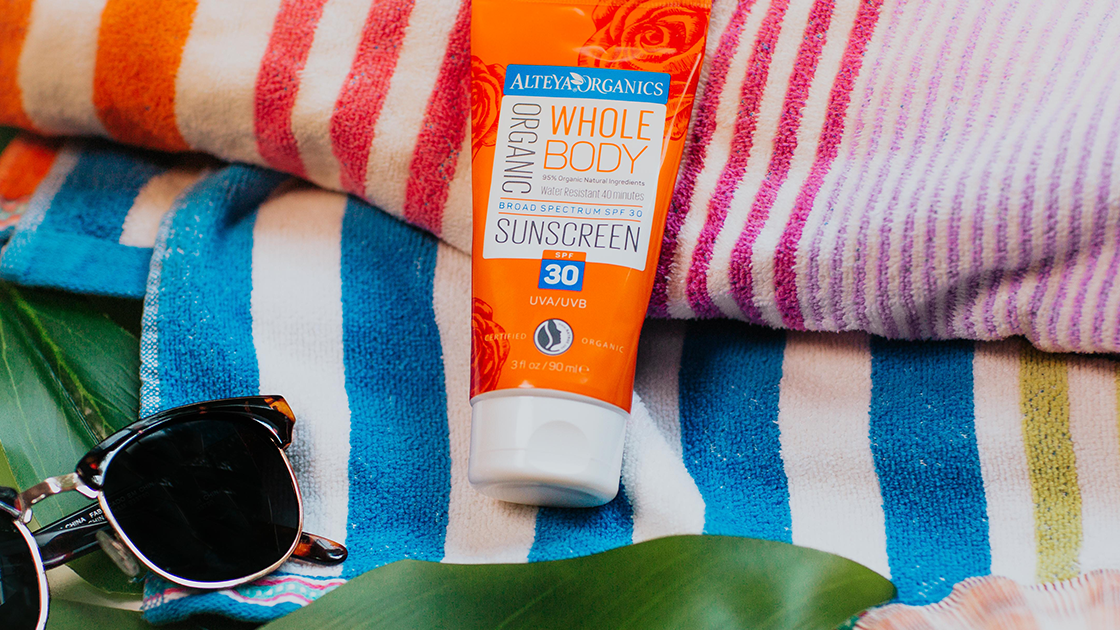
The Anatomy of a Sunscreen

Sunscreen is something that most of us really only think about once a year: in the summer. Days of beach time or extended periods out in the summer sun tend to be the only times that many of us break out the sunscreen lotion, or, if you’re all about that convenient life, the spray-on sunscreen. The best way to protect ourselves is to cover up and stay in the shade, but where’s the fun if we don’t get some sun when it’s warm out? We know that the purpose of sunscreen is to protect us from UV rays when we’re out and about, but what else is there? Is there anything else to sunscreen? The short answer is yes. Here, we’ll look at everything having to do with the anatomy of a sunscreen, including whether it’s physical or chemical, its active ingredients, and why we need sunscreen more than we think.
Sun Damage
We all know that UV rays damage our skin and increase our chances of getting skin cancer, but what other kinds of dangers do sunscreens protect us from? Sunburn and early signs of aging are some other common dangers that sunscreen can help fight. In addition to these, sun damage can also produce blisters that, if popped, leave the body susceptible to infections. For those with red or blonde hair, green or blue eyes, freckles, or pale skin, the stakes are higher. Sensitivity to the sun is also increased for those on certain medications, such as antidepressants and some acne treatments. The risks vary from person to person, and if you’d rather enjoy your days in the sun, you’re going to need a sunscreen to combat the UV rays.
UVA and UVB Rays
UV rays are split up into three kinds: UVA, UVB, and UVC rays. This classification is purely based in how long the rays are. Sunscreens won’t protect against UVC rays because, at the shortest UV wavelength, UVC rays don’t typically get past the ozone layer, according to skincancer.org. UVA rays are longer than UVB rays, but both of them have potential to damage your skin. Most sunscreens will protect against UVA rays, but others can protect against both lengths. Broad spectrum sunscreens protect from UVA and UVB rays and provide much better protection.
Physical Versus Chemical
There are two main kinds of sunscreens: physical and chemical.

Physical Sunscreens
Also known as mineral sunscreen, physical sunscreen is defined as being made up of active mineral ingredients such as zinc oxide or titanium dioxide. These active ingredients are physical blockers because they sit on top of the skin to deflect UV rays. Physical sunscreens are less likely to irritate the skin, are less likely to clog the pores, and immediately protect the skin from the sun upon application. In addition, physical sunscreens are also “broad spectrum,” meaning that their formulas protect against both UVA and UVB rays. They work best with sensitive skin, especially those with skin conditions such as rosacea, oily/combination skin, dry skin, and acne-prone skin. However, physical sunscreens can easily sweat off since they work by simply sitting on top of the skin, so multiple applications will be necessary. They are safer alternative especially if they do not contain nanoparticles.
Active Ingredients
Most physical sunscreens contain zinc oxide and titanium dioxide as active ingredients in their formulas. While zinc oxide is much safe, titanium dioxide is not without its benefits.
Zinc Oxide
Zinc oxide is by far the safest active ingredient in physical sunscreens. What is zinc oxide, you ask? It’s simply oxidized zinc. It is naturally occurring mineral and it’s safe to assume that the zinc oxide you’ll find in most, if not all, sunscreens is manufactured and then purified so that it’s safe for the skin. Since it is a powder, zinc oxide is what makes physical sunscreens opaque and “chalky.” However, some sunscreens use a specialized version of zinc oxide called “clear zinc oxide.” Clear zinc oxide is more transparent and easy to apply however it contains nanoparticles that may penetrate the skin and harm the living cells.
Titanium Dioxide
Although titanium dioxide is not as safe as zinc oxide, it isn’t totally evil. Since titanium dioxide, like zinc oxide, sits on top of your skin, it can’t get into your bloodstream, so it isn’t hurting you on that front. The risk with titanium dioxide is that there are two different kinds of it. While one is safe for you, the other is far less so. The anatase form of titanium dioxide is the one that you have to watch out for. It reacts under any light, indoor or outdoor, and releases radicals that both potentially damage your cell DNA and make your skin more susceptible to other outside threats. The rutile form of titanium dioxide is significantly safer, as it releases no radicals to mess with your skin cells. It stays intact despite any contact it has with light. Unfortunately, it isn’t as simple as choosing a sunscreen with rutile titanium dioxide, as the sunscreen ingredients won’t distinguish whether the titanium dioxide is anatase or rutile. Based on these unknown odds, zinc oxide is much safer, and some brands make it a point to use zinc oxide as the sunscreen’s only active ingredient.
Chemical Sunscreens
By the name alone, you’d think that chemical sunscreens get their name from containing chemicals. On the contrary, chemical sunscreens are called “chemical” sunscreens from the chemical reactions happening within the formula. Chemical sunscreens are made up of organic compounds, such as avobenzone and octinoxate, whose chemical reactions change UV rays into heat to be released from the skin. Unlike physical sunscreens, chemical sunscreens need not be applied generously for every application, and its thin consistency makes it easy to apply. Unfortunately, chemical sunscreens may have nearly every skin type except normal skin types thinking twice before a purchase. Chemical sunscreens, despite their organic makeup, have a higher chance of irritating the skin and cause brown spots (or increase any already existing brown spots) due to potential overheating. Since chemical sunscreens do their job by turning UV rays into heat, the skin can easily become overheated, and thus, irritated. They also are more likely to clog pores and they take roughly 20 minutes of waiting before the effects of the sunscreen kick in. Like physical sunscreen, chemical sunscreens also need multiple applications, but for different reasons. Where physical sunscreens stop working because they easily sweat off, chemical sunscreens’ protection is used up rather quickly when you spend an extended period of time in direct UV sunlight, so you’ll need more applications to stay protected. Despite its being made up of organic compounds, chemical sunscreen poses many risks to those who don’t have normal skin types. By and large, physical sunscreen is safer.
Water Resistant Sunscreens
Some sunscreens are water-resistant; that is, once exposed to water, they still protect the skin from sun damage for 40 to 80 minutes. You may have heard of similar sunscreen products touting themselves as “sweat-proof” or “water-proof,” but at the end of the day, there’s no such thing as a water-proof sunscreen. Once a sunscreen product is exposed to a liquid such as sweat or water, the product is on a time limit as to how long it can actually protect your skin from UV rays. This time limit usually lasts no more than 80 minutes, but it all depends on how much your skin is in contact with both water and sun. For example, if you’re lying in a chair and sunbathing, your sunscreen is going to protect you for longer than if you spent 40 minutes wading in the pool. In either case, there is no “one and done” application for sunscreen. If you’re spending the day outside, you’ll need to apply sunscreen multiple times to get the most effective protection.
Sunscreen isn’t quite like skincare or cosmetics in the sense that there aren’t as many options out there. There are few options, and even though all of them have their benefits, some are far safer than others. Out of all the types of sunscreen, physical sunscreen with zinc oxide as its active ingredient is going to be the safest option, while others, such as those with titanium dioxide, have the potential to cause more skin damage than help protect against it. The overall risks vary with each person’s naturally occurring physical characteristics. At the end of the day, the sunscreen that you choose is up to you based on your own individual needs and health concerns.




